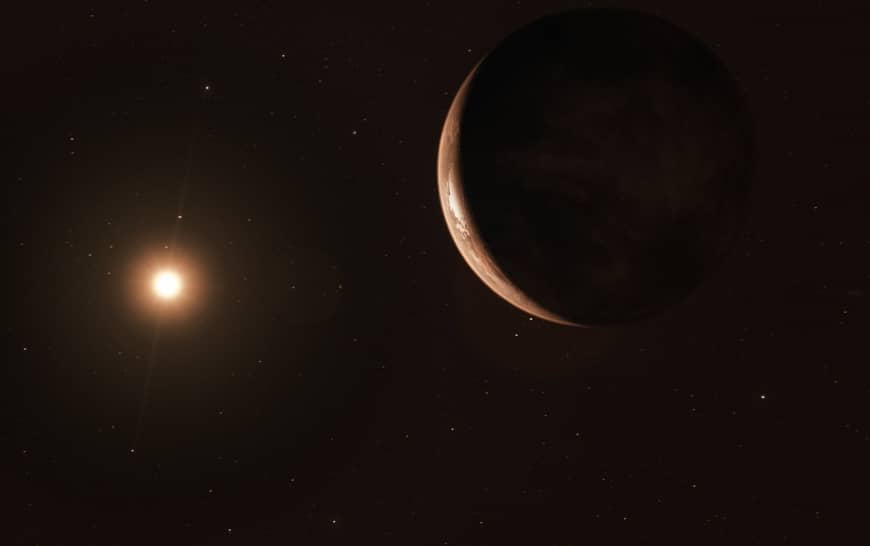A Frozen Super Earth to Be Discovered Orbiting a Star

A Super-Earth has been recently discovered, and it’s placed somewhere around six years away from our Sun.
Its name is Barnard’s star
This study was published in the journal called Nature. It’s been written that the planet, that’s been named Barnard’s star b or GJ 699 b, has a temperature of 238 degrees below zero. Its mass is of at least 3.2 sizes of earth (ours) and it orbits its star about 233 days – and that, at the distance where water would actually be frozen. It’s known as “snow line.”
Is this planet really, though?
Research has been done, and the scientists are over 99% confident that this planet actually exists and it’s placed right there. Let’s make you understand better what that means: rubber freezes at below -98 °F / -72 °C. Human blood, between -2°C and -3°C.
This planet is the second closest red dwarf star from our solar system – right after Proxima Centauri, and it’s placed 30 trillion miles from Earth.
It’s freezing cold, so no water or life on the planet
They took into account 20 years of data taken from seven different instruments in order to come to a conclusion and discover the planet. There probably isn’t life on the planet, given the fact that the distance from its star is way too big. It probably doesn’t have an atmosphere, either, because there are freezing cold temperatures – so no water, either.
But because of its characteristics, the team behind the research believes that the planet is the best target for direct imaging if using the next-gen instruments – like NASA’s Wide Field Infrared Survey Telescope (WFIRST for short), and European Space Agency’s Gaia astrometry mission.
0 comments